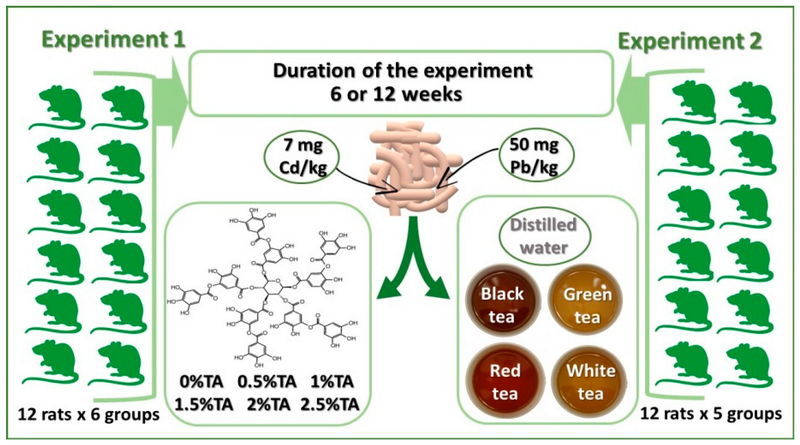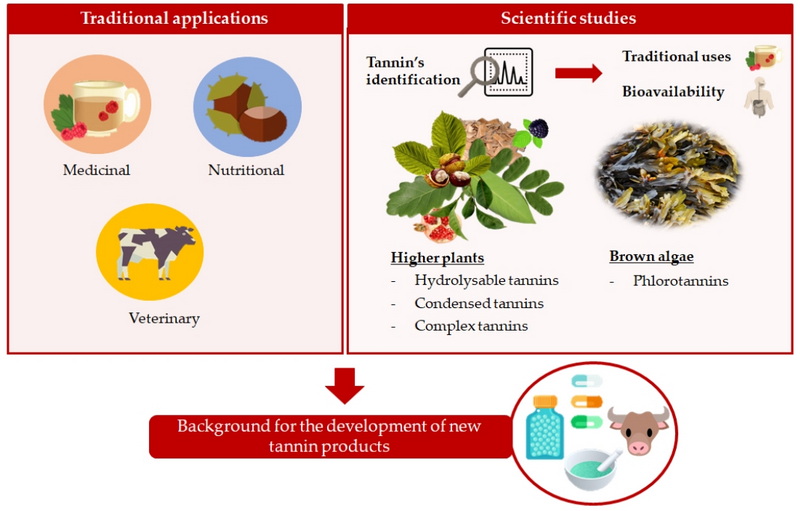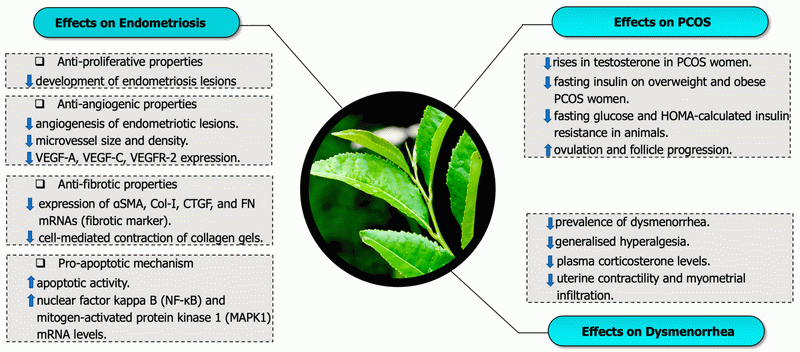Content Menu
● What Are Tannins?
>> Types of Tannins
● Tannin Content in Green Tea Extract
>> Factors Influencing Tannin Levels
● Health Benefits of Tannins in Green Tea
● How Tannins Affect Flavor
● Potential Downsides of Tannins
● The Role of EGCG
>> Benefits of EGCG
● Optimal Brewing Techniques for Extracting Tannins
● Conclusion
● FAQ
>> 1. What are the main components of green tea?
>> 2. Can drinking green tea help with weight loss?
>> 3. How should I brew green tea to maximize its benefits?
>> 4. Are there any side effects associated with consuming too much green tea?
>> 5. Is it safe for everyone to drink green tea?
● Citations:
Green tea, derived from the leaves of the *Camellia sinensis* plant, has gained immense popularity due to its numerous health benefits and unique flavor profile. Among the various compounds present in green tea, tannins are often highlighted for their potential health effects. This article delves into the presence of tannins in green tea extract, their benefits, and their implications for health.

What Are Tannins?
Tannins are a class of polyphenolic compounds found in various plants, including tea, wine, and certain fruits. They are known for their astringent taste and ability to bind with proteins, which can influence flavor and texture in food and beverages. Tannins serve as a defense mechanism for plants against herbivores and pathogens by imparting bitterness and astringency.
Types of Tannins
- Hydrolyzable Tannins: These can be broken down by hydrolysis into smaller molecules.
- Condensed Tannins: Also known as proanthocyanidins, these are more complex and do not break down easily.
In green tea, the primary tannin is epigallocatechin gallate (EGCG), a type of catechin that contributes significantly to its health benefits.
Tannin Content in Green Tea Extract
Research indicates that green tea contains a relatively low concentration of tannins compared to other types of tea. The tannin content in green tea averages around 2.65%, with some varieties containing up to 3.11%. This is considerably lower than black tea, which can have tannin levels ranging from 11.76% to 15.14%.
Factors Influencing Tannin Levels
The concentration of tannins in green tea can be influenced by several factors:
- Type of Green Tea: Different varieties (e.g., sencha, matcha) exhibit varying levels of tannins.
- Processing Method: The way green tea is processed affects its chemical composition. For instance, steamed teas may retain more catechins than pan-fired ones.
- Brewing Time and Temperature: Longer steeping times and higher temperatures can increase the extraction of tannins.
Health Benefits of Tannins in Green Tea
Tannins contribute to several health benefits associated with green tea:
- Antioxidant Properties: Tannins act as antioxidants, helping to neutralize free radicals and reduce oxidative stress in the body. This antioxidant activity is crucial for protecting against chronic diseases such as cancer and heart disease[1][2].
- Anti-inflammatory Effects: They may help reduce inflammation, thereby lowering the risk of chronic diseases such as heart disease and diabetes[3].
- Antibacterial Activity: Some studies suggest that tannins possess antibacterial properties that can combat harmful bacteria in the digestive system. For example, ellagitannins have been shown to inhibit the growth of *Staphylococcus aureus* and *Helicobacter pylori*, which is associated with stomach ulcers[2].
- Blood Sugar Regulation: Tannins may play a role in regulating blood sugar levels by influencing carbohydrate metabolism[3].

How Tannins Affect Flavor
Tannins contribute two attributes to the flavor of green tea:
- Astringency: This is the most noticeable flavor attribute, particularly when over-steeping tea or using water that is too hot. Astringency creates a drying sensation in the mouth due to the interaction between tannins and salivary proteins.
- Brightness: In moderation, tannins can enhance the overall flavor profile of green tea, contributing to its brightness without overwhelming bitterness.
Potential Downsides of Tannins
While tannins offer numerous health benefits, they also have some potential downsides:
- Nutrient Absorption: High levels of tannins can interfere with the absorption of certain nutrients, particularly iron. This is particularly relevant for individuals with iron deficiency or those at risk[3].
- Astringency Sensitivity: The astringent nature of tannins may cause discomfort for some individuals, leading to sensations like dryness in the mouth or gastrointestinal discomfort if consumed excessively.
The Role of EGCG
One of the most significant components related to tannin content in green tea is epigallocatechin gallate (EGCG). EGCG belongs to a group of compounds known as catechins and is thought to be one of the primary reasons behind many health benefits associated with green tea.
Benefits of EGCG
- Weight Loss Support: Research has indicated that EGCG may enhance fat oxidation and improve metabolic rate, making it beneficial for weight loss efforts[8].
- Cardiovascular Health: Studies suggest that EGCG can help lower LDL cholesterol levels and improve overall cardiovascular health by reducing inflammation[9].
- Cancer Prevention: Some research indicates that EGCG may have protective effects against certain types of cancer due to its antioxidant properties[1][9].
Optimal Brewing Techniques for Extracting Tannins
To maximize the health benefits while minimizing bitterness from tannins, it is essential to brew green tea correctly:
- Temperature: Steeping green tea at around 80°C (176°F) is recommended as it is hot enough to extract beneficial compounds without altering their properties.
- Steeping Time: A steeping time of 2-3 minutes is ideal for most green teas. Longer steeping times can lead to increased astringency due to higher tannin extraction.
Conclusion
In summary, green tea extract does contain tannins, albeit at lower levels compared to other types of tea. The presence of these compounds contributes to the health-promoting properties associated with green tea, including antioxidant effects and potential anti-inflammatory benefits. However, it is essential to be mindful of their impact on nutrient absorption and individual tolerance levels.

FAQ
1. What are the main components of green tea?
Green tea primarily contains catechins (a type of polyphenol), caffeine, amino acids (like L-theanine), vitamins, and minerals.
2. Can drinking green tea help with weight loss?
Yes, some studies suggest that the catechins in green tea may enhance metabolic rate and promote fat oxidation.
3. How should I brew green tea to maximize its benefits?
To maximize health benefits while minimizing bitterness from tannins, steep green tea at around 80°C (176°F) for 2-3 minutes.
4. Are there any side effects associated with consuming too much green tea?
Excessive consumption may lead to side effects such as insomnia due to caffeine content or digestive issues due to high tannin levels.
5. Is it safe for everyone to drink green tea?
While generally safe for most people, those with certain medical conditions or sensitivities should consult a healthcare professional before consuming large amounts.
Citations:
[1] https://www.healthline.com/nutrition/tannins-in-tea
[2] https://www.mindbodygreen.com/articles/tannins-in-tea
[3] https://senchateabar.com/blogs/blog/green-tea-side-effects
[4] https://bostonteawrights.com/tea-tannins-part-2-green-tea/
[5] https://www.youtube.com/watch?v=aUgY7luf9hU
[6] https://www.youtube.com/watch?v=kb2wbPwqM_Q
[7] https://pmc.ncbi.nlm.nih.gov/articles/PMC7478251/
[8] https://www.peacehealth.org/medical-topics/id/hn-2102007
[9] https://www.medicalnewstoday.com/articles/269538
[10] https://foodrevolution.org/blog/what-are-tannins/






























